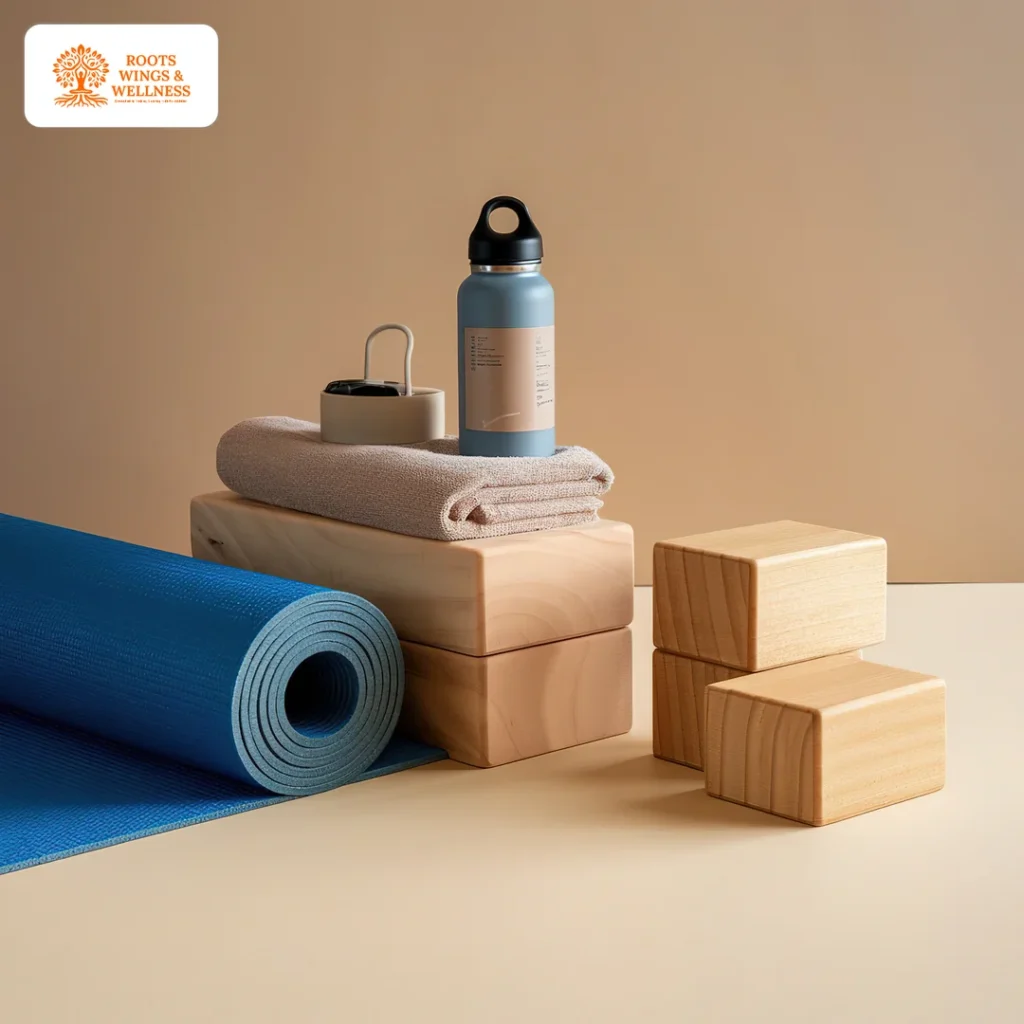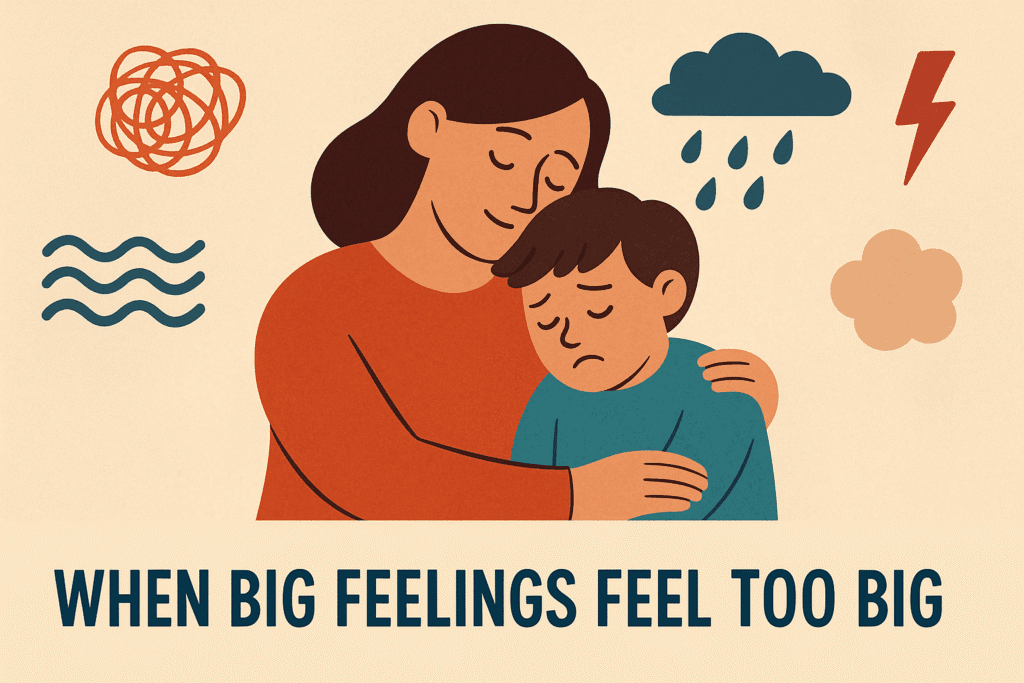Table of Contents
Introduction

Let’s be honest—when we think about fitness, we usually picture high-energy workouts, sweaty gym sessions, or trendy activewear ads. But here’s a question most people never ask:
Can your fitness routine support your health and the health of the planet?
Welcome to the world of sustainable fitness—a kinder, cleaner, and more conscious approach to staying active.
In today’s fast-paced world, we’ve been conditioned to think that being fit means pushing harder, lifting heavier, or joining the fanciest gym. But the truth is, the traditional way we work out often comes with an environmental price tag—electricity-draining machines, disposable plastic, synthetic clothing, and emissions from constant commutes to fitness centers.
Sustainable fitness flips that script. It’s about choosing workouts and habits that not only help you thrive but also reduce your footprint. And the best part? You don’t need a fancy eco-gym or a minimalist lifestyle to start. Just a shift in mindset—and a few intentional changes.
10 Simple Lifestyle Changes for Sustainable Living
What is Sustainable Fitness?

At its core, sustainable fitness is a more mindful way of moving your body. It supports your long-term health while being gentle on the Earth.
It’s not about perfection—it’s about progress. Here’s what it might look like in practice:
- ✅ Choosing low-impact workouts like walking, yoga, or bodyweight exercises that don’t require energy-intensive machines.
- ✅ Swapping synthetic workout gear for ethically made, long-lasting pieces.
- ✅ Exercising outdoors, which reduces electricity usage and reconnects you with nature.
- ✅ Ditching single-use bottles and switching to reusables.
According to the International Energy Agency, buildings like gyms significantly contribute to energy consumption and greenhouse gas emissions—mainly through lighting, HVAC systems, and powered equipment.
Sustainable fitness isn’t about quitting your routine—it’s about upgrading it to work with the planet, not against it.
How to Build a Self-Care Routine That Actually Works (Step-by-Step Guide)
How Traditional Fitness Can Harm the Planet

Let’s pull back the curtain a bit.
You might not think of your fitness routine as wasteful, but many typical habits are less than eco-friendly. Here’s how:
🔌 High Energy Use in Gyms
Most fitness centers run around the clock, with rows of treadmills, spin bikes, and TVs all plugged in. Add in air conditioning, lights, and sound systems—and you’ve got a serious power drain.
The EPA estimates that one kilowatt-hour produces nearly a pound of CO₂. Multiply that by hundreds of machines over hours per day—and we’re talking thousands of pounds of emissions monthly.
How to Reduce Plastic Waste: Simple Daily Habits for a Sustainable Life
🧴 Disposable Plastic Everywhere
From protein shake bottles to snack bar wrappers and water bottles, the fitness world has a single-use plastic problem. Most of it ends up in landfills—or worse, the ocean.
👕 Fast-Fashion Activewear
Trendy fitness brands often rely on polyester and other synthetic fibers, which are petroleum-based and non-biodegradable. Each wash sheds microplastics, which end up in our water systems.
🚗 Driving to the Gym
Even that 15-minute car ride to your fitness class adds to your carbon footprint—especially if it’s a daily habit.
None of this means you should stop working out. It just means we need to do it smarter.
Why Low-Impact, Eco-Friendly Workouts Are Better (For You & Earth)

Here’s the thing: eco-friendly workouts aren’t just better for the planet—they’re better for your body, budget, and mindset too.
1. They’re Gentler on Your Body
Low-impact workouts like yoga, walking, pilates, and swimming reduce strain on your joints. They’re ideal for all ages and fitness levels—and lower injury risk over time.
2. They Reduce Your Carbon Emissions
Ditching energy-intensive machines and embracing green exercise like hiking or outdoor circuits keeps your workout free of power consumption. It’s just you, your body, and nature.
Sustainable Living Made Simple: Easy Ways to Go Green Without Stress
3. They Save Money
No gym? No problem. A yoga mat, resistance bands, and your own bodyweight are all you need. That monthly gym fee? Better spent on one-time sustainable gear.
4. They’re Easier to Stick To
When you choose movement that feels good (instead of chasing trends), you’ll actually look forward to it. Consistency becomes second nature.
Low-Impact Workouts to Try (No Gym Required!)

YYou don’t need a high-tech gym to stay active. In fact, the most effective sustainable fitness routines are often the simplest.
Here are a few low-impact, eco-conscious options:
✅ Bodyweight Training
Skip the machines. Use your own body as resistance for strength training.
Try:
- Core planks
- Squats
- Lunges
- Push-ups
Pre-workout superfoods for sustained energy.
✅ Outdoor Activities
Trade the treadmill for real trails and fresh air.
Try:
- Walking or jogging in a local park
- Biking instead of driving short distances
- Hiking in nature reserves or forest areas
✅ Yoga or Pilates
Both focus on breath, strength, and flexibility—and all you need is a mat.
✅ Resistance Bands
Lightweight, durable, and reusable, bands are a smart alternative to bulky, resource-heavy dumbbells.
Greener Workout Habits You Can Start Today

You don’t need to overhaul your entire routine. Even tiny shifts help.
Start with these green habits:
- 🌿 Use a reusable water bottle—no more single-use plastic.
- 🌿 Choose sustainable activewear—look for brands using organic cotton or recycled materials.
- 🌿 Go digital—ditch printed workout sheets and use an app instead.
- 🌿 Wash clothes in cold water and line-dry them to save energy.
- 🌿 Walk or cycle to your workout instead of driving.
Remember, fitness sustainability is about cumulative impact. The more these become habits, the more you—and the Earth—benefit.
Making Sustainable Fitness a Lifestyle

So how do you make sustainable fitness stick?
Not by being perfect—but by being intentional. Here’s how:
✔ Track your impact—celebrate every small, sustainable win.
✔ Move naturally—take the stairs, walk the dog, bike to the store.
✔ Choose joy over punishment—do activities you genuinely enjoy.
✔ Create accountability—work out with friends or family.
Final Thoughts: Fitness That Feels Good & Does Good

So, are you ready to make your fitness routine more sustainable? Start with one small change today—whether it’s switching to reusable gear, trying an outdoor workout, or embracing bodyweight exercises.
Check out our insightful articles on personal growth and wellness at Roots, Wings & Wellness.
FAQ’S
Totally valid question—you’re not alone! Sustainable fitness is basically about moving your body in a way that’s kind to both you and the planet. It means choosing workouts that don’t require a ton of electricity or gear, wearing long-lasting, eco-friendly activewear, and building healthy habits that feel good and do good. It’s fitness with a conscience.
Not at all! You don’t have to ditch the gym if that’s what keeps you moving. It’s more about being mindful. Maybe you skip the treadmill and try a bodyweight circuit instead. Or bring your own reusable water bottle. Or walk to the gym when you can. Sustainable fitness is about small shifts—not strict rules.
Great starting point! Some of the best low-impact workouts are super beginner-friendly. Think walking, yoga, pilates, or resistance band exercises. They’re gentle on your joints, don’t need fancy machines, and are easy to do at home or outside. Plus, they’re low-stress and easy to stick with.
Yes—and in the best way! Sustainable workout gear is usually made from organic cotton, bamboo, or recycled materials. It lasts longer, feels better, and doesn’t shed harmful microplastics every time you wash it. So while it might cost a bit more upfront, it actually saves money (and the planet) long term.
It might feel small—but yes, it makes a huge difference. Think about this: if millions of us swapped plastic bottles for reusables, chose outdoor runs over electric treadmills, or wore longer-lasting gear, the collective impact would be massive. Sustainable fitness proves that wellness and environmental care can go hand-in-hand—without the guilt, burnout, or waste.

















